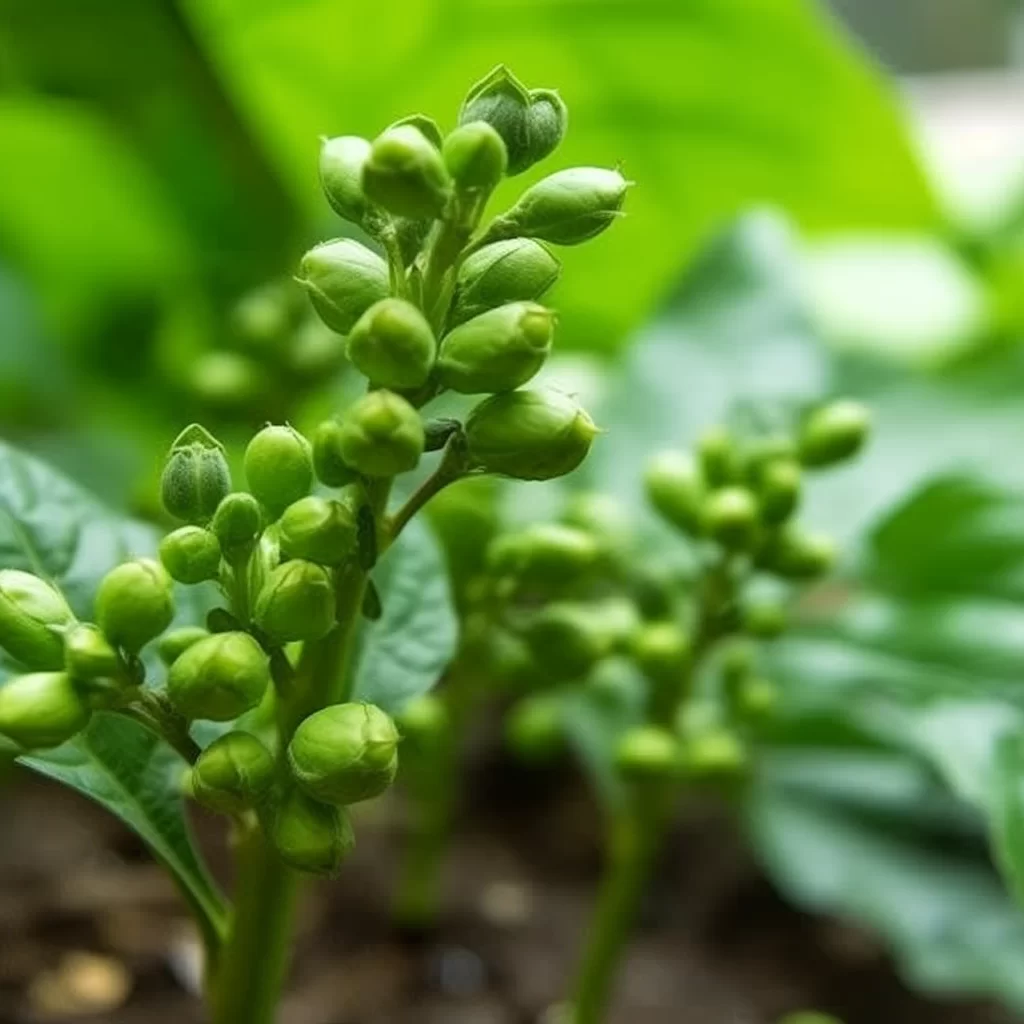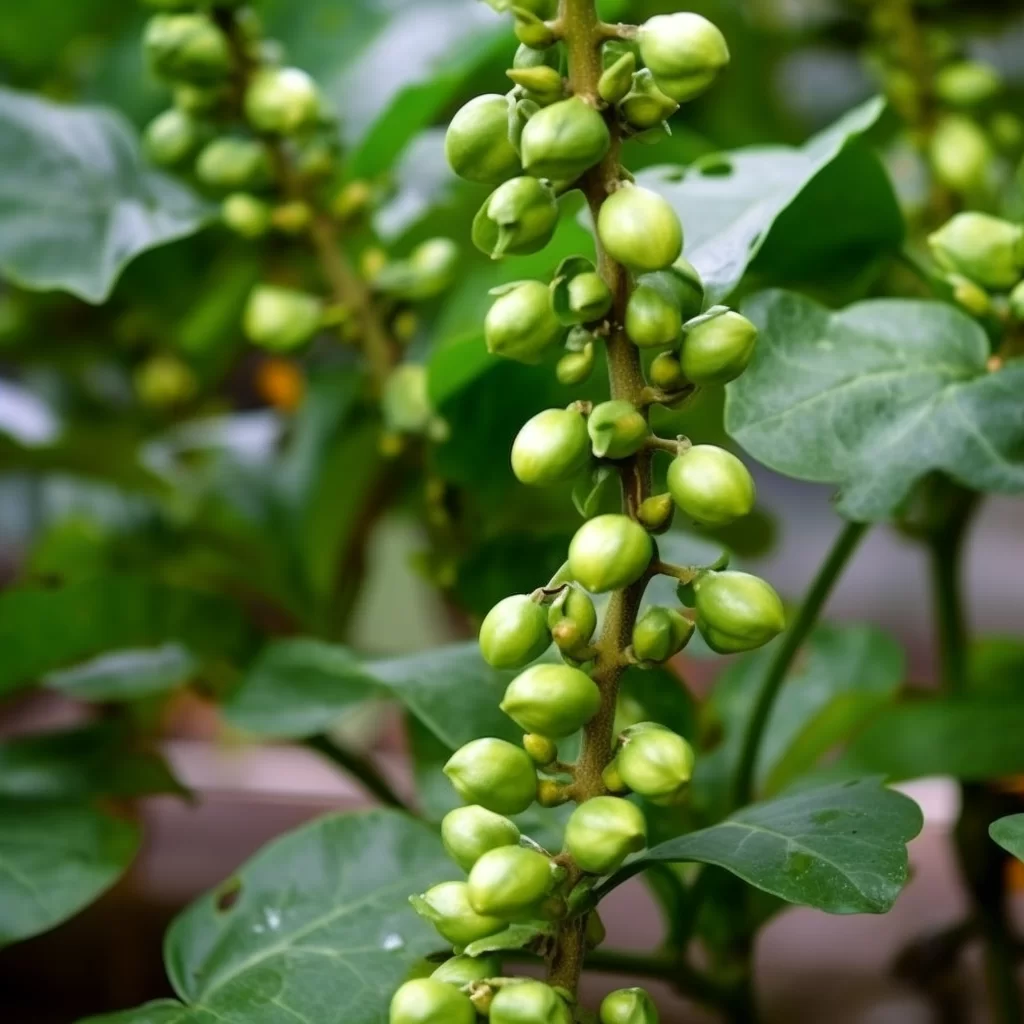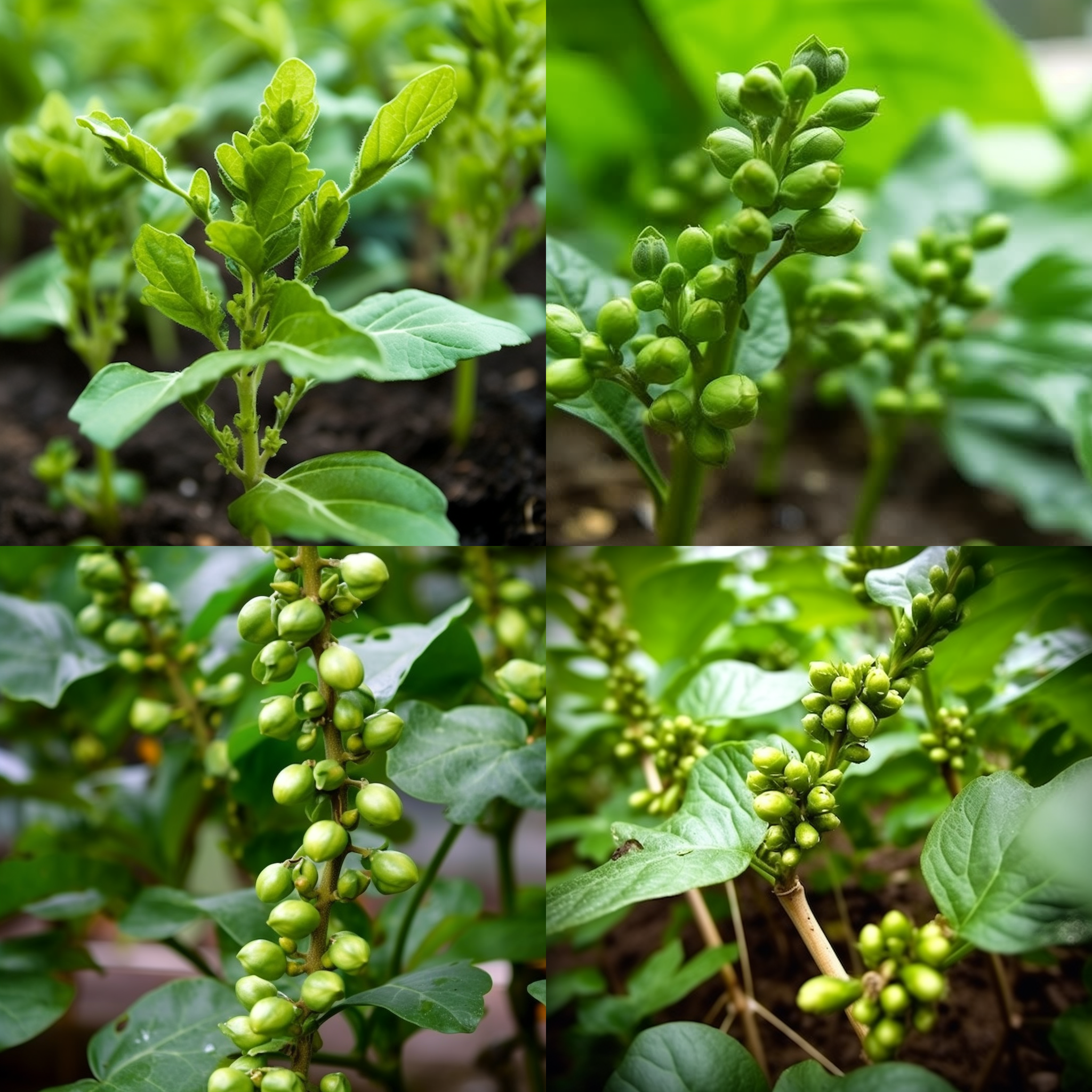Story of Day :
Contents
The Complete Guide to Growing and Caring for Brussels Sprouts Plants
Brussels sprouts are a vegetable that divides opinion. Some people love them, while others find them revolting. Regardless of your personal preference, Brussels sprouts plants can be a fun and rewarding addition to any garden or balcony where the conditions are right.
What Are Brussels Sprouts?

Brussels sprouts are a type of cabbage that have been cultivated for centuries. They grow as small, green buds on long stems and can be eaten cooked or raw.
Growing Conditions for Brussels Sprouts
- Sunlight: These plants require at least six hours of direct sunlight per day.
- Soil: The soil should be well-draining with a pH between 6.0 and 7.5.
- Watering: Keep the soil consistently moist but not waterlogged.
- Fertilizer: Feed the plants with nitrogen-rich fertilizer every three weeks until they start forming heads.

Selecting Seeds or Seedlings
If you decide to grow brussels sprouts from seeds, make sure you purchase fresh seeds from reputable sources as they lose viability quickly over time. You could also purchase seedlings in nurseries rather than starting seeds indoors – this will save time and increase your chances of success.Either way you choose, plant them about three months before your first frost date if possible so that they have enough time to mature before winter sets in.
You could also purchase seedlings in nurseries rather than starting seeds indoors – this will save time and increase your chances of success.Either way you choose, plant them about three months before your first frost date if possible so that they have enough time to mature before winter sets in.
Tips for Planting Brussels Sprout Seedlings:

- To prepare soil outdoors dig deep up to almost one foot depth using organic compost mixed with manure—this action helps provide better drainage.
- Plant the seedlings about 24 inches apart in rows that are three feet apart.
- Avoid planting Brussels sprouts near other members of the cabbage family, including broccoli, cauliflower and kale as they are susceptible to similar pests.
Caring for Your Brussels Sprouts Plants
Brussels sprouts plants can be high maintenance at times. Regular care should include:
- Watering: This plant requires frequent watering (at least once every week). Make sure the soil remains moist and never dries out.
- Pruning: Remove yellowing or dead leaves from your brussels sprout plants. Pinch off any small side shoots that develop along stems so that all energy goes into producing large heads rather than continuation of stem growths.
- Pests and Diseases: Keep an eye out for common pest issues like aphids, caterpillars, slugs or snails. You can use insecticidal soap to get rid of these insects while avoiding harmful chemicals.
Harvesting Brussels Sprouts Plants
The time it takes for brussels sprout plants to mature varies depending on many factors such as local climate conditions, fertilization procedures and available sunlight. Generally, you should expect a harvest between 90-180 days after planting your seeds.To harvest your Brussels sprout heads gently twist them until they snap off from their stems.The ideal time is when each head has reached about one inch in diameter but hasn’t started opening up yet.
In Conclusion
If you have space in your garden or balcony growing a few brussels sprout plants can be enjoyable if done with proper guidance. Following the above tips will help ensure success with healthy yields!
